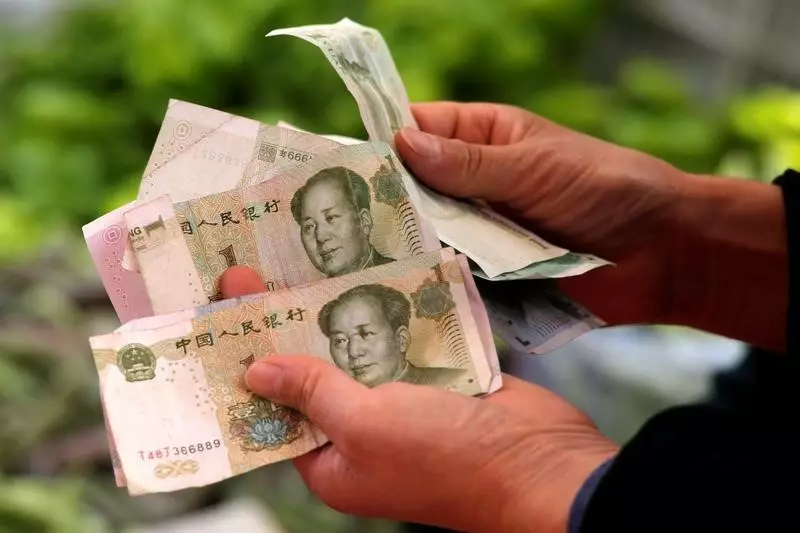The financial landscape in Asia has demonstrated notable declines among various currencies at the beginning of the week, triggered largely by a significant rebound in the U.S. dollar. This uptick originates from an air of uncertainty surrounding the tariff policies of the U.S. government, particularly those articulated by former President Donald Trump. An unexpected turn in Colombia has seen Trump impose a substantial 25% tariff on Colombian imports, following tensions related to deportation procedures spearheaded by Colombian President Gustavo Petro. This diplomatic impasse briefly resolved when Trump paused these tariffs after Petro’s offer for more humane deportation methods, bringing a momentary sense of relief to the markets.
As a result, the US Dollar Index rose by 0.3% during the Asian trading session, seeking recovery after experiencing its steepest decline in two months. Concurrently, the futures market reflected similar sentiments, marking an uptick consistent with the immediate strengthening of the dollar. The instabilities surrounding trade relations, especially with significant partners like China, are weighing heavily on local currencies, causing them to weaken in response.
Impact of Chinese Economic Data
Compounding this situation was the revelation that Chinese manufacturing activity contracted unexpectedly in January. This data points to the limited effectiveness of recent stimulus measures introduced by Beijing, which have had only transient positive impacts on local businesses. Coupled with this, the non-manufacturing sector exhibited a marked decline, further underlining the pervasive uncertainty stemming from potential increases in U.S. tariffs. The Chinese yuan mirrored this sentiment with its onshore pair USD/CNY climbing by 0.3% and the offshore counterpart, USD/CNH, rising by 0.4%, reflecting a tough trial for the world’s second-largest economy.
The downward trajectory in Asian currencies wasn’t limited to China; it extended broadly across the region as traders grappled with unclear signals from the U.S. administration regarding trade policies. For instance, the Australian dollar showed a slight decrease of 0.2%, while Japan’s yen experienced mixed movements, showing resilience against the dollar after the Bank of Japan’s recent decision to raise interest rates. Other currencies, including Indonesia’s rupiah and Singapore’s dollar, exhibited modest fluctuations, indicating a hesitance in market movements.
Focus on Upcoming Economic Indicators
In the forthcoming days, traders will be closely monitoring the Federal Reserve’s policy meeting and its potential implications for interest rates. Anticipation builds around the release of key economic indicators, including the personal consumption expenditures (PCE) price index and advanced GDP estimates for the fourth quarter, as investors look for insights that could further impact market conditions.
In Australia, expectations are set high for the CPI data release, which will likely inform the Reserve Bank of Australia’s policy decisions in the near term. Similarly, inflationary trends within Japan’s capital, Tokyo, are attracting attention, as investors seek a clearer picture amid a global economic backdrop fraught with uncertainty and change. This confluence of political and economic factors presents both challenges and opportunities for investors navigating this dynamic landscape.

